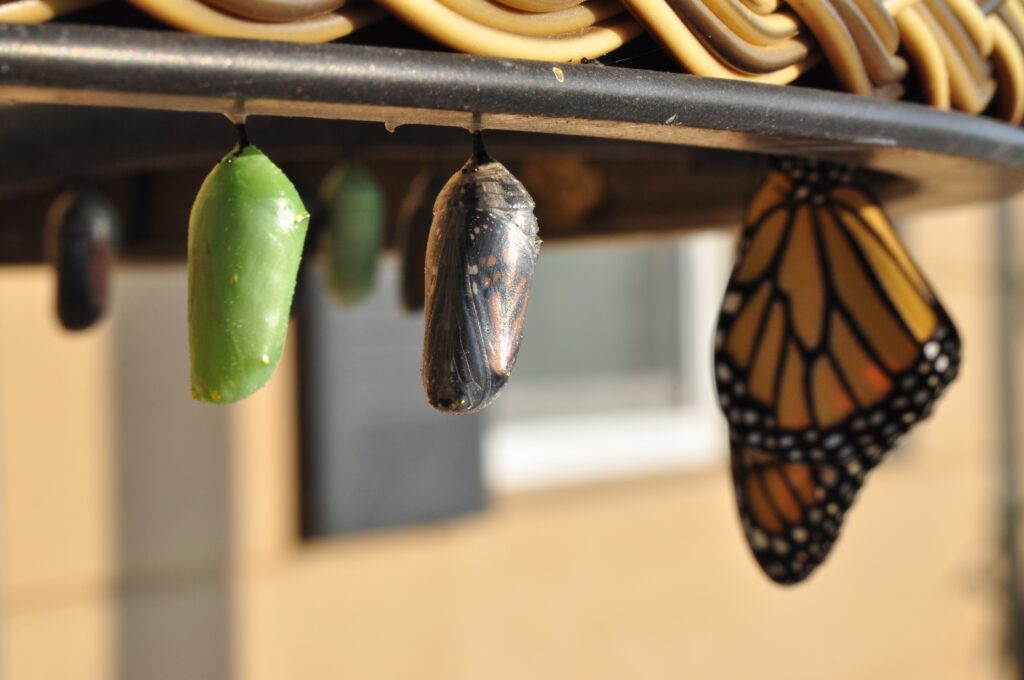People have mixed opinions about New Year’s resolutions. Some say they are a great way to motivate ourselves to work towards goals; others say they are self-defeating and lead to feelings of failure. However, no matter our personal feelings towards traditional resolutions, the new year is a chance for a fresh start, and particularly a fresh mindset. Having a growth mindset, a term created by Dr. Carol Dweck can change the game for us in the new year.
Growth versus Fixed Mindset
Simply put, a fixed mindset believes nothing can change. An example would be someone saying, “I’ve always been bad at math, so I know I’ll never be able to pursue a degree in that field.”
On the other hand, a growth mindset believes change is possible. Using the same example, a person with a growth mindset would say, “I struggle in math, but I think I can get better with the right resources.”

It’s no surprise that people with a growth mindset tend to achieve more success than those with a fixed mindset.
Success versus Failure
Failure is inevitable, it is natural, and it is important. And in our failures, our growth mindset becomes even more important. A person with a growth mindset looks at a failure as a possibility and a learning experience–and as a setback that is part of the process. Thus, every experience becomes valuable and increases persistence and determination.
For a fixed mindset, a failure is the end and a defeat. It is also an affirmation of their worst opinions of themselves, rather than just a natural part of the process of learning.
How to Shape a Growth Mindset
Having a growth mindset sounds amazing in theory, but how do we do it in reality?
- To begin, we need to examine our typical mindset.
Think of your most recent setbacks or failures. How did you react? How did you feel after them? How did you behave after them? Use these past examples to determine whether you typically operate from a fixed or growth mindset.
- Next, a good idea is to examine our improvements over the last year.
To motivate yourself, make a list of ways you have improved over the last year…and make even the smallest things count. This will help you see that you ARE improving and growing, and set the tone for the growth mindset you plan to apply to your life.
- Then, set some realistic goals.

Put your growth mindset into practice by setting some small, realistic goals to work towards…and even some that may involve failure along the way.
In the New Year, we are all about big change. But, change is change. If your life is too busy to work out every day, could a realistic goal be to walk for 10 minutes? If starting that elaborate garden we’ve always wanted is too much of a commitment, how about some small potted plants to tend?
- Finally, as Dr. Carol Dweck states, “Harness the power of yet.”
The word ‘yet’ can hold such power. It can change everything. Suddenly, “I can’t learn this concept” becomes “I can’t learn this concept…yet.” Target the areas in your life where you have made assumptions about yourself and your limitations, and add a ‘yet.’ Life becomes full of potential.
New Year, New Mindset
Every new year seems to shine with possibility, and most of us look forward hoping to work harder, make more progress, and be better than the year before. By consciously developing a growth mindset, these hopes can be a reality and set the year off on the right foot.
